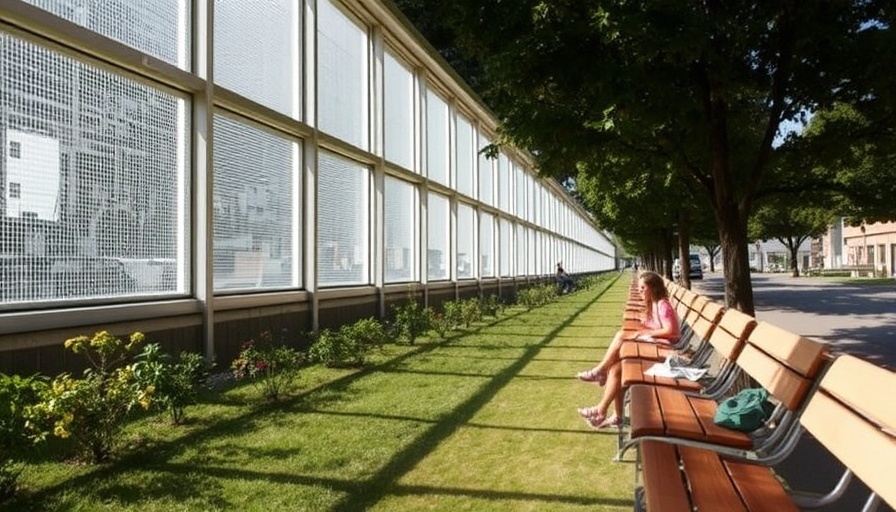
Why Energy Efficient Homes Are Essential for Today's Homebuyers
As we move toward a more environmentally conscious society, the demand for energy-efficient homes has surged. Homebuyers today are prioritizing sustainability and efficiency not only to reduce their carbon footprint but also to save on energy bills. With the costs of living rising, making eco-friendly choices ensures long-term financial savings while fostering a healthier planet.
The Importance of Energy Performance Certificates (EPC)
Understanding how energy-efficient a home is can greatly influence your buying decision. An Energy Performance Certificate (EPC) gives you a clear insight into a property’s efficiency rating, ranging from A (very efficient) to G (very inefficient). This certificate reflects not only potential energy costs but also CO2 emissions, crucial for families interested in lowering their environmental impact.
Key Features of Homes with High EPC Ratings
So, what makes a home rank highly on the EPC scale? Homes rated A or B typically incorporate several energy-saving features. Top attributes include:
- High-quality insulation that minimizes heat loss.
- Advanced heating systems like ground source heat pumps paired with renewable energy resources such as solar panels.
- Double or triple-glazed windows and doors to ensure better insulation.
- Use of LED lighting and smart thermostats to optimize energy use.
By investing in properties with these features, buyers not only benefit from lower energy expenses but also help combat climate change.
Current Listings of Energy Efficient Homes in Scotland
Here are five exciting energy-efficient homes currently on the market across Scotland, showcasing the variety available for potential buyers:
1. Edinburgh
4-bed detached house in Corstorphine
This beautiful four-bedroom villa offers gas central heating, double glazing, and solar panels.
- Energy rating: B
- Price: £545,000
- Agent: Neilsons (ESPC Chartered Firm)
2. Midlothian
4-bed detached house in Dalkeith
A contemporary home in immaculate condition featuring solar panels and double glazing.
- Energy rating: B
- Price: Offers over £435,000
- Agent: McDougall McQueen (ESPC Chartered Firm)
3. East Lothian
2-bed terraced house in Haddington
Warm and well-lit, this mid-terrace house has gas heating, double-glazing, and solar panels.
- Energy rating: B
- Price: £218,000
- Agent: Garden Stirling Burnet (ESPC Chartered Firm)
4. Scottish Borders
4-bed detached house in Duns
An eco-friendly family home with solar PV and solar thermal, underfloor heating, and a woodburning stove.
- Energy rating: A
- Price: Around £485,000
- Agent: Cullen Kilshaw
5. Fife & Kinross
4-bed detached house in Gateside
Details pending.
Why Consider Energy Efficiency?
Opting for energy-efficient homes offers numerous unique benefits. They tend to be more marketable, reflecting the growing trend towards sustainability in real estate. Such properties also foster a sense of community among homeowners who value caring for the environment. Ultimately, investing in energy-efficient homes aligns financial benefits with eco-conscious living, creating a win-win scenario for buyers.
If you're considering purchasing a home, prioritizing energy efficiency is not just a trend but a practical choice that can yield significant rewards. For a tailored selection of properties that meet these eco-friendly standards, work with a local agent or experts in energy-efficient housing.
Start your journey towards energy-efficient living today!
 Add Row
Add Row  Add
Add 





Write A Comment